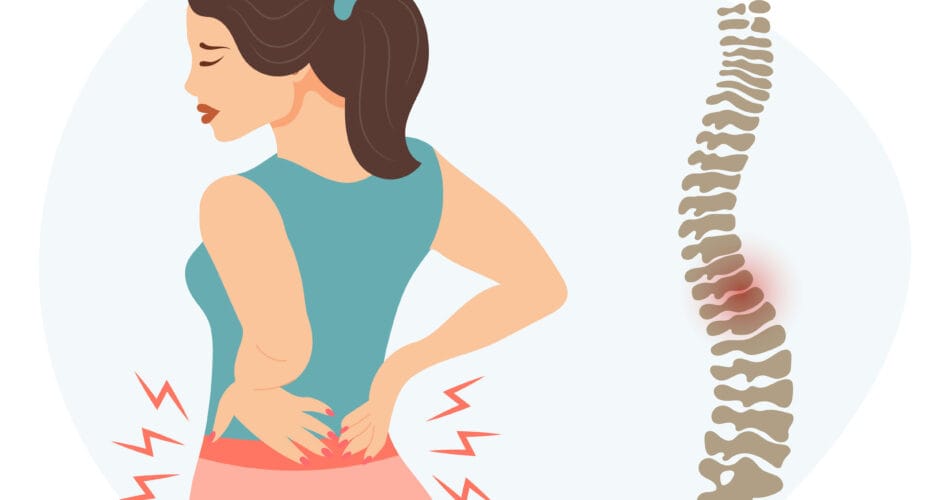Lower back pain is a prevalent condition affecting millions worldwide. It can range from a mild, dull ache to severe, debilitating discomfort, impacting daily activities and quality of life. Understanding its causes, symptoms, and treatment options is crucial for effective management and prevention.

Overview
What is Lower Back Pain?
Lower back pain refers to discomfort localized in the lumbar region of the spine. This area bears much of the body’s weight and is integral to movement, making it susceptible to injury and strain.
Symptoms and Causes
What Are the Symptoms of Lower Back Pain?
Symptoms can vary but often include:
- Dull, aching pain in the lower back.
- Sharp or stabbing sensations during movement.
- Limited flexibility or range of motion.
- Muscle spasms or tightness in the lower back, pelvis, and hips.
- Pain radiating down the legs, possibly indicating sciatica.
What Causes Lower Back Pain?
Common causes encompass:
- Muscle or ligament strains: Often due to heavy lifting or sudden awkward movements.
- Herniated or bulging discs: Discs act as cushions between vertebrae; damage can press on nerves.
- Arthritis: Osteoarthritis can affect the lower back, leading to pain and stiffness.
- Skeletal irregularities: Conditions like scoliosis can cause misalignment and discomfort.
- Osteoporosis: Weak, brittle bones increase fracture risk in the spine.
Diagnosis and Tests
To diagnose lower back pain, healthcare providers may:
- Review medical history: Discuss symptoms, duration, and potential causes.
- Conduct a physical examination: Assess posture, range of motion, and nerve function.
- Order imaging tests:
- X-rays: Reveal bone abnormalities.
- MRI or CT scans: Provide detailed images of soft tissues, including discs and nerves.
- Perform nerve studies: Electromyography (EMG) can evaluate nerve function.
Treatment
Treatment strategies depend on the severity and underlying cause:
- Medications:
- Over-the-counter pain relievers: Such as ibuprofen or acetaminophen.
- Muscle relaxants: For muscle spasms.
- Topical analgesics: Creams or patches applied to the skin.
- Physical Therapy:
- Stretching and strengthening exercises: Enhance flexibility and support.
- Manual therapy: Techniques like massage or mobilization to alleviate pain.
- Hydrotherapy: Water-based exercises to reduce strain.
- Alternative Therapies:
- Acupuncture: May provide relief for some individuals.
- Chiropractic care: Spinal manipulation can be beneficial.
- Surgical Interventions: Considered when conservative treatments fail, options include:
- Spinal fusion: Joining two or more vertebrae to stabilize the spine.
- Vertebroplasty/Kyphoplasty: Minimally invasive procedures to repair fractures.
For advanced treatment options, Cuba offers specialized programs for conditions like degenerative disc disease and disc herniation. These programs include personalized physical therapy, hydrotherapy, and manual therapy techniques.
Prevention
To reduce the risk of developing lower back pain:
- Exercise regularly: Focus on core-strengthening exercises to support the spine.
- Maintain proper posture: Especially when sitting or standing for extended periods.
- Lift objects correctly: Bend at the knees and keep the back straight.
- Maintain a healthy weight: Excess weight strains back muscles.
- Quit smoking: Smoking impairs blood flow to spinal tissues.
Incorporating these practices into daily routines can significantly decrease the likelihood of experiencing lower back pain.
